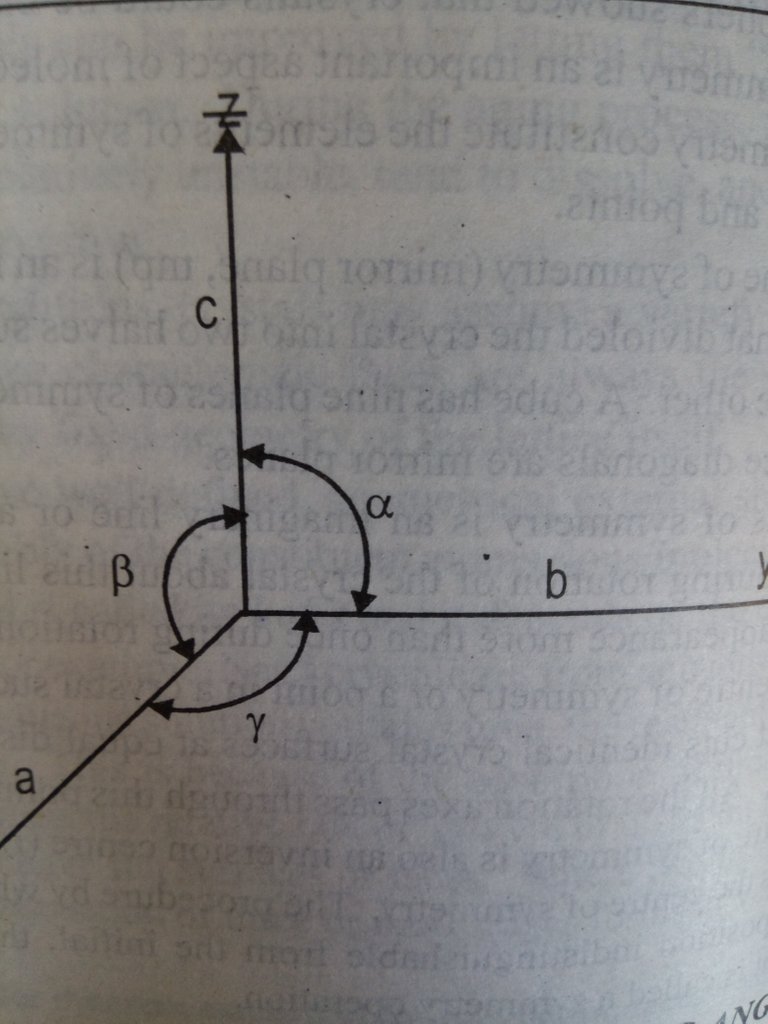THE SOLID STATE
THE PROPERTIES OF SOLIDS
The most noticeable macrospic features of crystalline solid are rigidity, incompressibility, and characteristic geometry.
There are substances such as sodium chloride, sugar, and elementary sulphur that not only possess the properties of rigidity and incompressibility,
but also occur naturally in characteristic geometric forms.
These are the crystalline solids. They are to be distinguished from the amorphous materials such as glass, rubber, plexiglass, or any of the other plastics.
These amorphous materials possess some of the mechanical properties commonly associated with the word "solid." but do not occur in regular characteristic
shapes. Amorphous material are isotropic, i.e. their properties, such as mechanical strength, refractive index, and electrical conductivity, are the same in all directions.
This is a feature which they hold in common with liquids and gases. Crystalline solids are quite different, for they are anisotropic; i.e. their mechanical and electrical properties do depend, in general on the direction along which they are measured.
The anisotropy of crystals is very important, it provides a strong indication of the existence of ordered atomic lattices. The properties of some crystals reflect the asymmetry
of their constituent molecules. Crystalline solids have sharp melting points

.
The mechanical properties of a crystal change only slightly up to a
characteristic temperature at which it melts abruptly and becomes a liquid.
Amorphous materials do not have sharp melting points. For example. as its temperature is raised, glass gradually and continuously softens and starts to
flow.
The atomic arrangement in amorphous substances has none of the order found in the crystalline lattices, but rather shows a disorder which is aracteristic of liquids. Consequently, the word "solid" is used in the most restrictive scientific sense to refer to crystalline materials only.
The crystalline state is easy to recognise in many instances, particularly in the naturally occurring minerals.
At other times, solid materials occur as powder, lumps, or agglomerate that in many ways, resemble amorphous substance, but when an individual particles is examined under a microscope, the characteristic angles of a crystal many become obvious. Metals often occur in the polycrystalline condition.